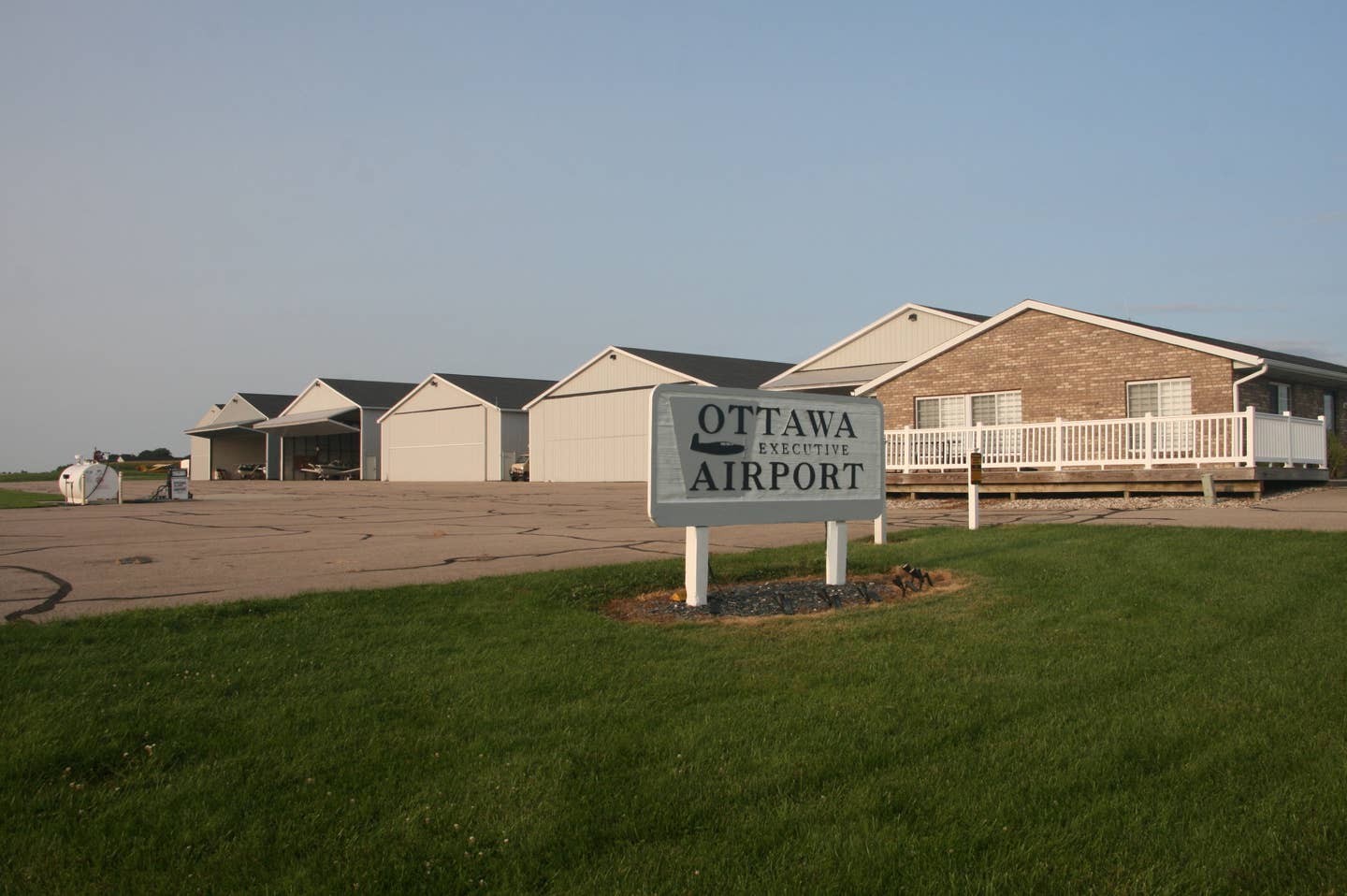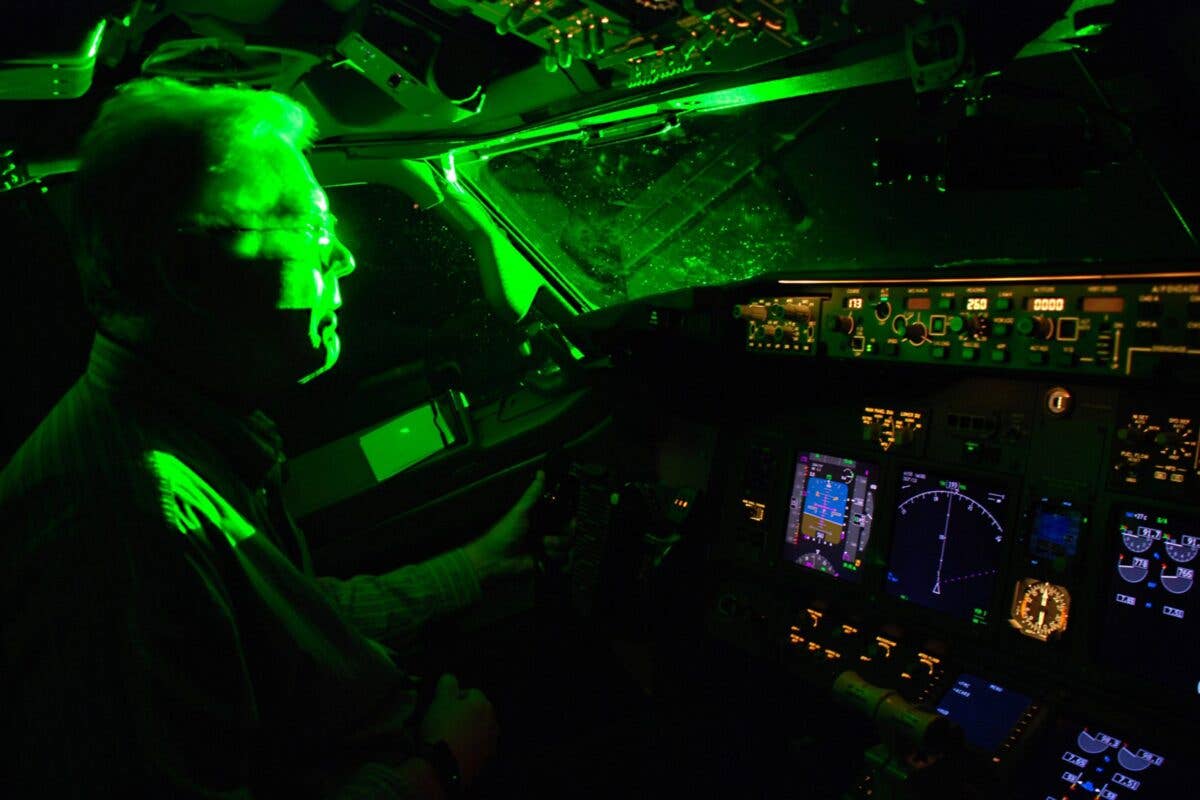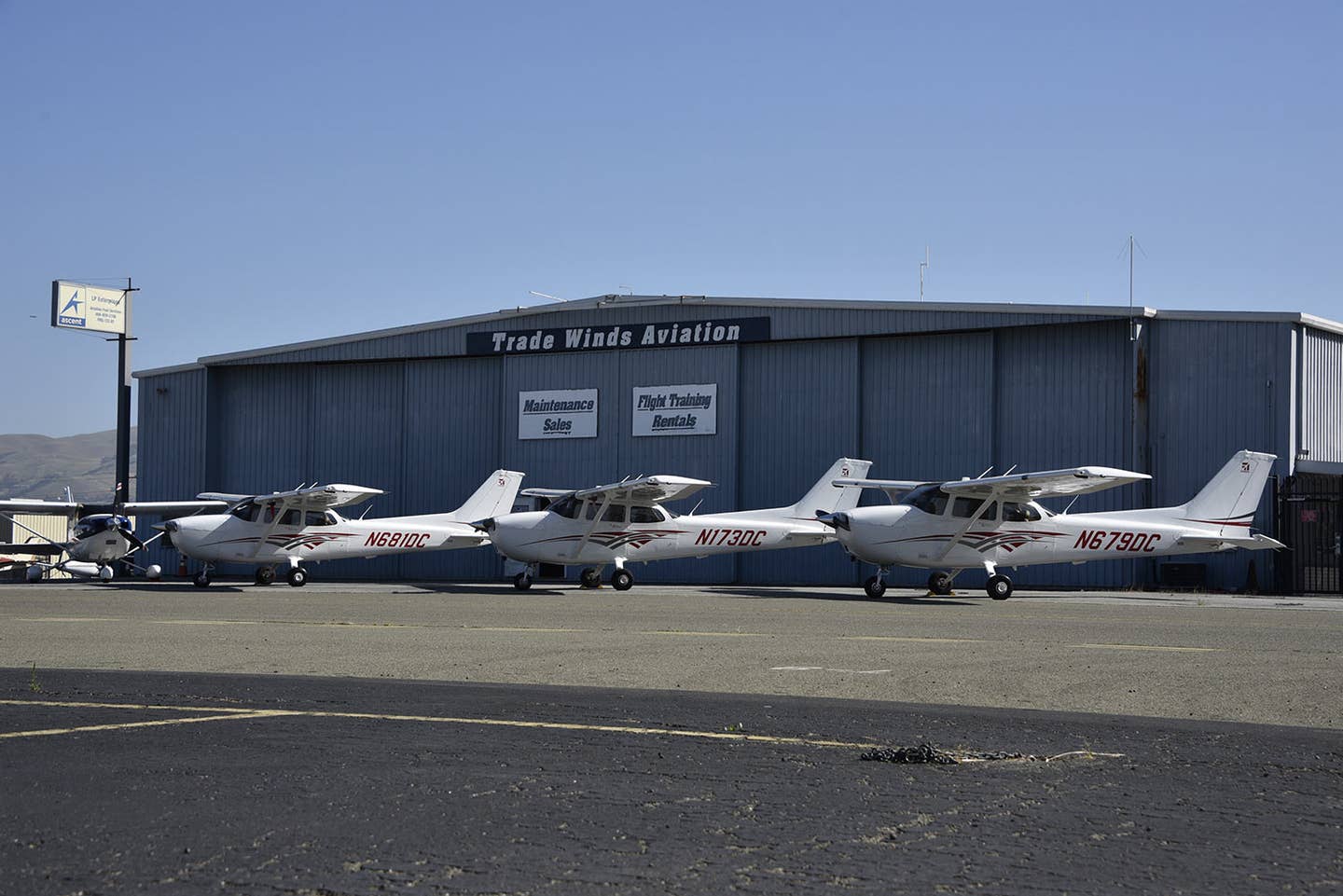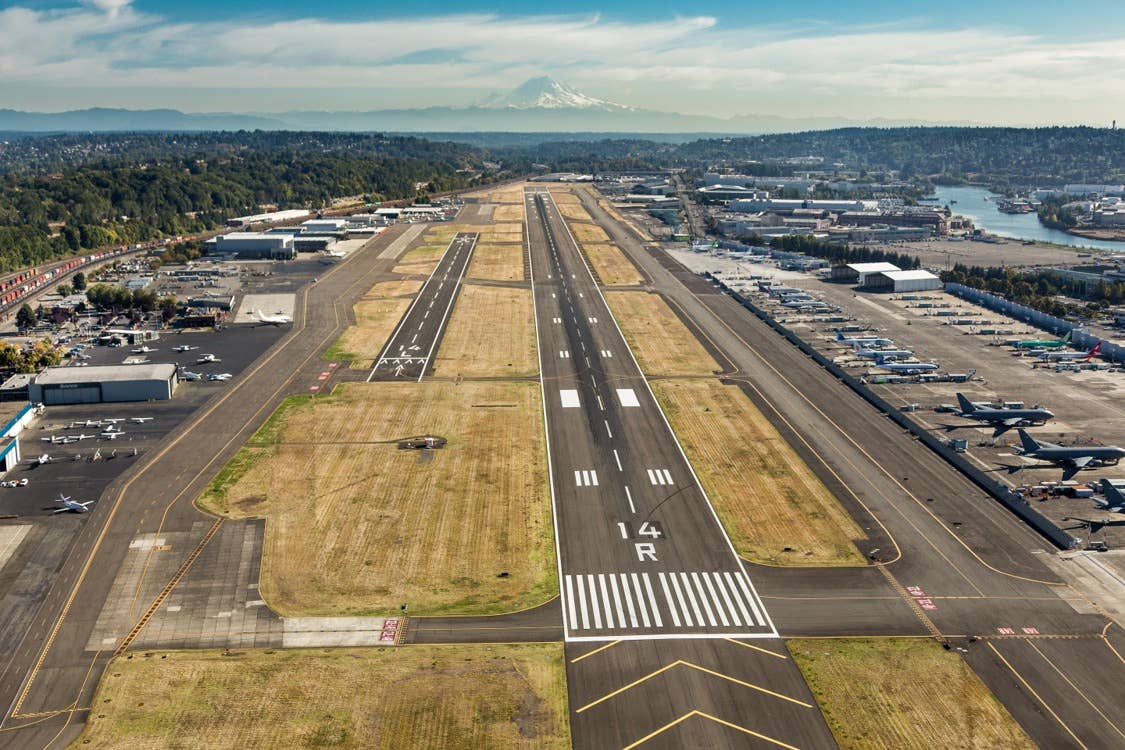Ottawa Executive Airport Sets Sights on Future Growth
Michigan airpark is home to more than two dozen residents and boasts a 3,800-foot-long paved runway, 36 hangars, and a flight school.

The airpark has 36 hangars, in addition to several aviation businesses. [Courtesy: Ottawa Executive Airport]
Ottawa Executive Airport (Z98) in Zeeland, Michigan, is a vibrant airport with a mix of commercial and residential activity.
It wasn’t always, though. The airport dates back to 1990, when Randy Pugh graded the first runway onto a section of recently acquired farmland.
“Everybody asks that question. Why in the heck did you build an airport?” Pugh said. “I was young and wanted my own place. That’s how it started out, and it just snowballed from that. I actually had two other partners when we started the airport originally. Both are gone now, but we really just wanted a place of our own. So, we bought a 240-acre farm and started to figure out how we’d get a runway.”
Creating the runway, as well as adding roads and utilities, required a significant amount of work that he has shared with his wife, Gail. Their son Brad is now the airport’s primary caretaker and majority owner. Pugh has two partners, Bryan Redder and Mike Koetje.
The airport features a flight school, several rows of hangars, an on-site aviation medical examiner (AME) at Ottawa Executive, and 26 residences have direct taxiway access.
“After we built the runway, everybody that we knew in the aviation community all wanted a piece for themselves,” Randy Pugh said. “We thought that since we had already built the runway, maybe we would sell them a lot. That’s how the airpark started. I was in the construction business and built homes my whole life, so this really fit into my wheelhouse. I would sell lots, then build the homes and develop the airport as we went along.”
The first 10 lots sold quickly, with the remaining later acquired by aviators sporadically in the years since.
“I am a pilot, my husband is a pilot, and many of the others here are pilots, which is one of the reasons that we moved here,” said Linda Walker, who has lived at the airpark with her husband, John, since 2021. “After we retired, we decided to live the dream by living with our airplane [a Piper Arrow] and fortunately found the perfect place to live.”
The airpark, which is in a town of about 5,000 residents located about 30 minutes outside of Grand Rapids, Michigan, is also a short drive from the sandy coastline of Lake Michigan.
“We had previously come to visit the area to see friends and had known about the airpark,” Walker said. “So, when we decided to retire to an airpark, this one was in front of our minds, and it was a perfect fit.”
According to Walker, living at the airport’s executive estates has been an experience that has been better than they could have ever imagined.
“Having a large, attached hangar and garage allows us to keep all our ‘toys’ (plane, cars, and boat) right at home in one place,” she said. “We love being able to walk into our hangar and go flying at any time without driving to an airport. Where we lived previously, we had to drive 45 minutes one way to the airport to go flying. We also enjoy the camaraderie of our pilot neighbors and love watching planes take off and land right from our home.”
Phil Cook has firsthand experience with both the residential and commercial sides of the airport. He moved to Ottawa Executive in 2016, which ultimately led him to pursuing an unexpectedly early career change.
“Well, it just happened by happenstance actually,” Cook said. “We built our house out here and moved in eight years ago. It wasn’t long [after] living here at the airpark that I became a part of several aircraft partnerships, which led me to getting more involved with the airport. That’s when [Randy Pugh] asked me if I might consider taking over the flight school.”
In August, the business celebrated its sixth year under Cook’s leadership, and he was able to recently retire from his former career as a technology consultant to focus on the flight school full time.
“I had always thought that I may become a flight instructor as a retirement job one of these days, way in the future,” Cook said. “But with this opportunity that was presented to me, I leased the airplane from the current flight school and the airport and it kind of grew from there. Now, we have six instructors and seven aircraft: everything from a Cessna 150 to a Liberty XL-2 to a Twin Comanche. We also have contracted with a local instructor for seaplane training as well.”
The airport is poised well for the future. All residential lots are spoken for, but there is growth at the south end of the field. According to Brad Pugh, this activity positions the airport well for the coming decades.
“We are working on a lot of different stuff right now,” he said. “We have an RNAV approach coming soon that we have been working on for three years. And we just upgraded the runway lights, got a PAPI system put in, and remodeled the FBO.”
The airport currently has a 3,800-by-60-foot asphalt runway with pilot-controlled lighting. There are currently 36 hangars at the airport.
“We do have room to build more hangars and hope to in the future, we will also offer a land lease option,” Brad Pugh said. “We just broke ground on another phase of the airport where we are developing an area to sell lots and allow people to build and own their hangars. We currently have the site prepped and are in permits for the first units.
“We are also looking at the runway. It’s going to need to be resurfaced in the next five to eight years, so we are also looking at maybe even lengthening it. We are constantly looking at different avenues to improve the airport.”

Sign-up for newsletters & special offers!
Get the latest FLYING stories & special offers delivered directly to your inbox






